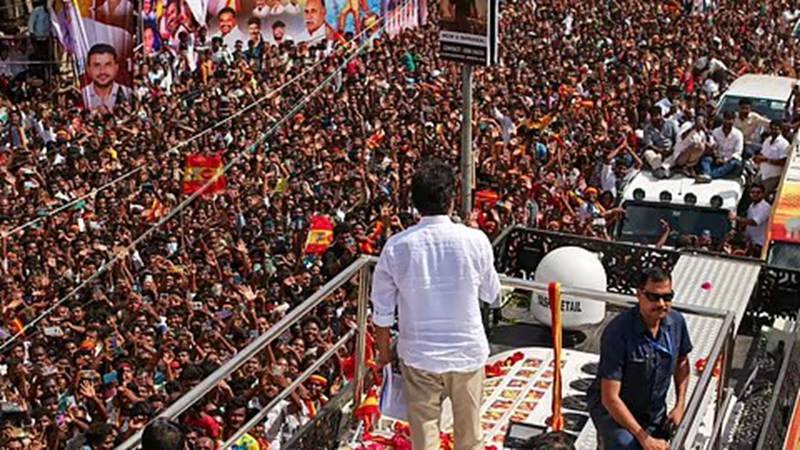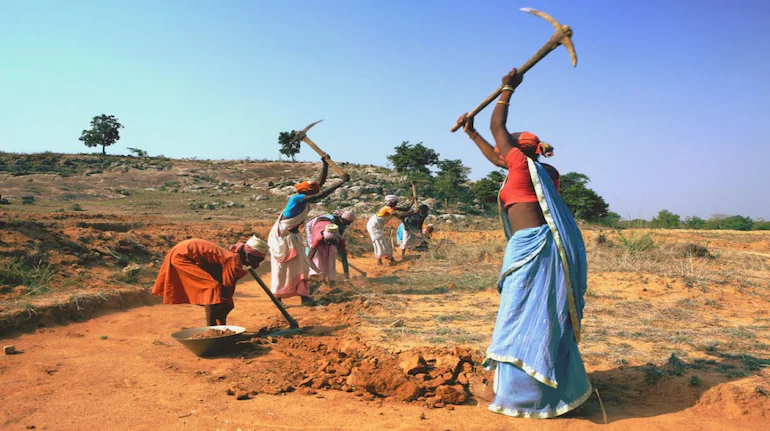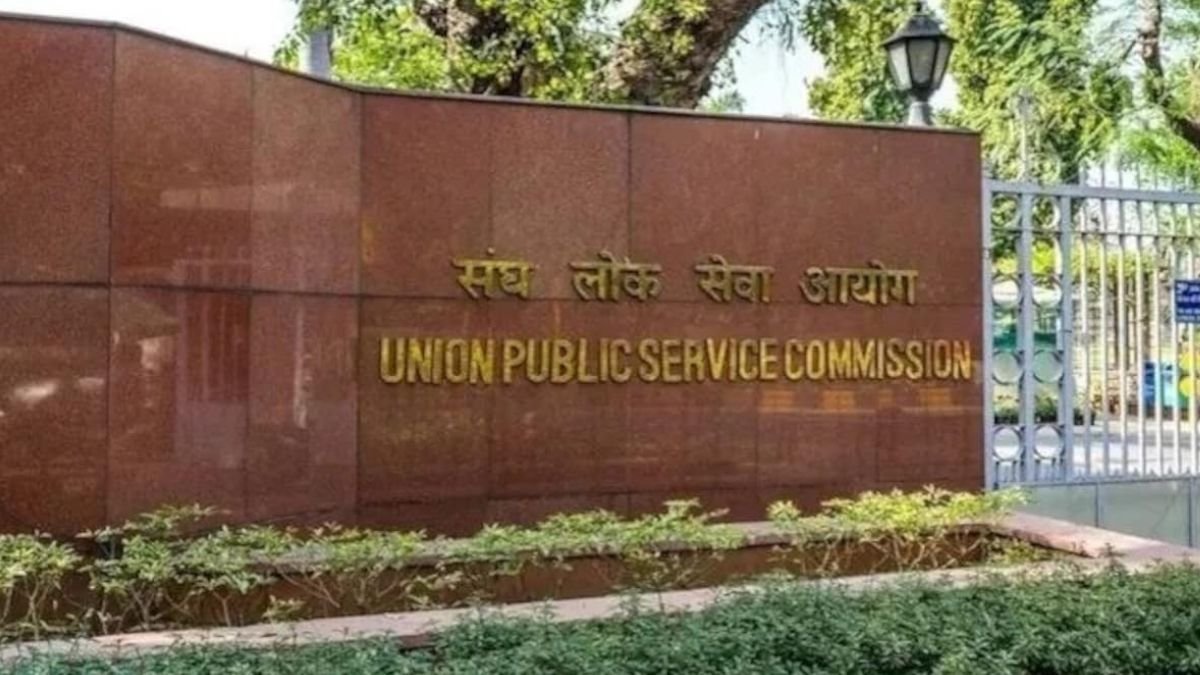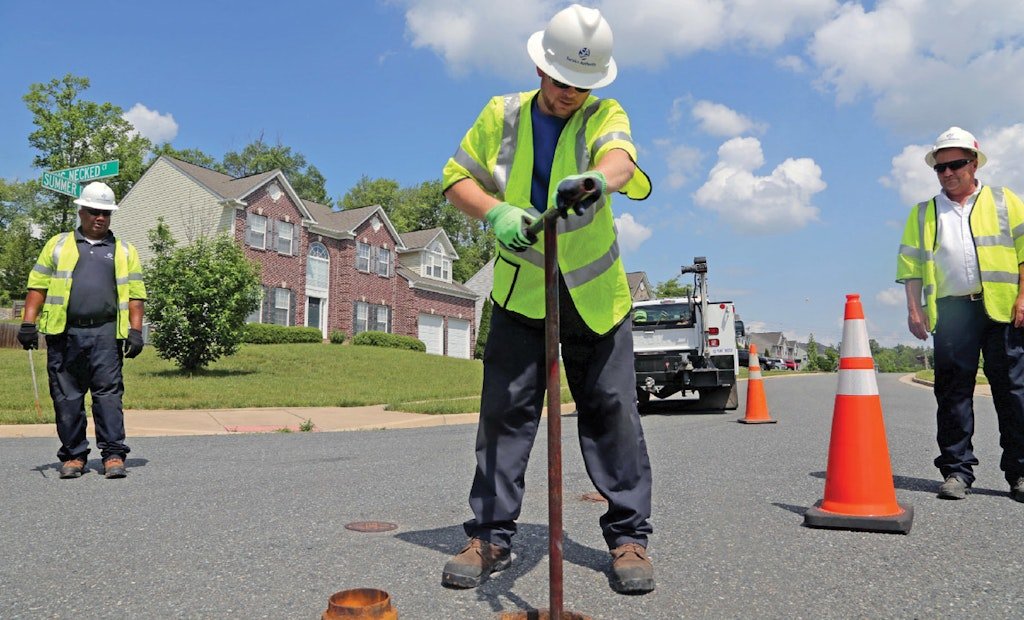Why in the News?
- A stampede at a political rally in Karur, Tamil Nadu, organised by Tamilaga Vettri Kazhagam (TVK) president and actor Vijay, led to multiple deaths and injuries.
- The incident highlights the recurring pattern of stampedes in India at political rallies, religious congregations, sporting events, and railway stations, raising concerns over crowd safety and governance.
Key Highlights
- Karur Rally Stampede (September 2025)
- The immediate trigger was people climbing a tree near Vijay’s campaign van and falling into the crowd.
- This caused panic and uncontrolled pushing, leading to a deadly crush.
- Rescue operations were delayed as first responders struggled to navigate the dense crowd.
- Lack of advance planning for crowd size worsened the toll.
- RCB Victory Parade, Bengaluru (June 2025)
- Celebration of RCB’s IPL win witnessed overcrowding near Chinnaswamy Stadium.
- Rumours of free passes created panic.
- Poor coordination between police and organisers led to at least a dozen deaths.
- Goa Temple Yatra Stampede (May 2025)
- At Shree Lairai Devi Temple, devotees gathered in huge numbers for a religious yatra.
- The crowd became unmanageable, resulting in several fatalities.
- Railway Station Stampede, New Delhi (February 2025)
- During the Kumbh pilgrimage season, pilgrims tried to board a Prayagraj-bound train.
- A passenger’s headload slipped on a crowded foot overbridge, causing a domino effect of tripping and falling.
- 18 people were killed, with dozens injured.
- Kumbh Mela Stampede, Prayagraj (January 2025)
- On Mauni Amavasya, a highly auspicious day, thousands rushed to take a holy dip at the Sangam.
- Inadequate crowd control measures led to a stampede, killing 30 people and injuring more than 60.
- Long-Term Data and Global Comparison
- According to NCRB, from 2000–2022, 3,074 people died in stampedes, with nearly 4,000 incidents recorded over three decades.
- International examples include South Korea (2022 Halloween) and Germany (2010 Love Parade), but these countries implemented corrective measures
- In contrast, in India, such tragedies recur frequently due to poor crowd planning and weak enforcement of safety norms.
Key Terms
- Stampede
- A sudden, uncontrolled rush of people in dense crowds.
- Usually triggered by panic, rumours, or falls.
- Fatalities result from asphyxia or trampling.
- Categorised under Man-made Disasters in Disaster Management.
- Requires planning, not just post-disaster response.
- Compressive Asphyxia
- Death due to external chest pressure, preventing breathing.
- More common in dense crowds than trampling.
- Victims may collapse silently before being noticed.
- Recognised as the primary cause of stampede deaths
- Requires medical preparedness at event sites.
- Crowd Dynamics
- The study of how people move and behave in crowds.
- Uses psychology, physics, and sociology.
- Helps predict panic triggers and safe density levels.
- Used in planning events like Hajj or Kumbh Mela.
- Key tool for preventing stampedes.
- Domino Effect
- When one person in a dense crowd stumbles or falls, those behind them cannot see the fall in time and trip over the fallen person. This creates a chain reaction, like falling dominoes, where multiple people tumble one after another.
- Because the crowd is packed tightly, people cannot regain balance or move aside, leading to piles of bodies. This often results in compressive asphyxia (chest being crushed so breathing stops), which is the main cause of death in stampedes.
- First Responders
- Police, paramedics, and fire services who reach the disaster site first.
- Crucial for rescue, first aid, and crowd control.
- Delays in their arrival increase fatalities.
- Require special training in crowd disasters.
Implications
- Public Safety Concerns
- Frequent stampedes erode trust in the ability of authorities to manage large gatherings.
- Survivors and families face psychological trauma and loss of livelihood.
- Governance and Administrative Accountability
- Political and religious organisers often ignore safety limits.
- Governments face criticism for police unpreparedness and inadequate emergency planning.
- Cultural and Social Dynamics
- In India, large gatherings are tied to religious devotion, celebrity culture, and political mobilisation.
- People often ignore safety protocols, relying instead on informal crowd behaviour.
- Economic Impact
- Such incidents disrupt religious tourism, festivals, and sporting events.
- Compensation for victims and infrastructure rebuilding strain state finances.
- Global Perception
- Recurring tragedies portray India as ill-equipped for mass event management.
- Raises concerns for India’s credibility in hosting international-scale events.
Challenges and Way Forward
| Challenges | Way Forward |
| Inadequate planning for large gatherings | Enforce mandatory crowd management plans for political, religious, and sporting events |
| Weak infrastructure (narrow exits, poor barricades) | Build wider access points, safe evacuation routes, and emergency exits |
| Lack of coordination between police, health services, and organisers | Conduct joint drills, pre-event simulations, and establish control centres |
| Absence of real-time crowd monitoring | Deploy AI-based crowd mapping, drones, and GIS tools |
| Low public awareness of safe behaviour in crowds | Run public campaigns, safety drills, and community awareness programs |
Conclusion
The Karur stampede is not an isolated accident but part of a larger pattern of preventable disasters in India. Unlike other nations that learn from past tragedies, India struggles due to weak planning, poor enforcement, and disregard for safety norms. To break this cycle, India must adopt technology-driven crowd monitoring, enforce strict accountability, and educate citizens on safe practices. Prevention of stampedes requires both institutional reform and cultural change.
| EnsureIAS Mains Question
Q. Stampedes in India are often dismissed as accidents but are actually failures of planning and governance. Analyse the reasons behind their recurrence and suggest measures to prevent them. (250 Words) |
| EnsureIAS Prelims Question
Q. With reference to stampedes in India, consider the following statements: 1. According to NCRB, more than 3,000 people died in stampedes between 2000 and 2022. 2. The primary cause of death in stampedes is compressive asphyxia, not trampling. 3. India has reported fewer stampede incidents than countries like South Korea and Germany. Which of the above statements is/are correct? (a) 1 and 2 only Answer: (a) 1 and 2 only Explanation: Statement 1 is correct: NCRB reports 3,074 deaths between 2000–2022. Statement 2 is correct: Most deaths are due to compressive asphyxia, not trampling. Statement 3 is incorrect: India records higher frequency of stampedes compared to South Korea or Germany. |
|
Also Read |
|
| UPSC Foundation Course | UPSC Daily Current Affairs |
| UPSC Monthly Magazine | CSAT Foundation Course |
| Free MCQs for UPSC Prelims | UPSC Test Series |
| ENSURE IAS NOTES | Our Booklist |





